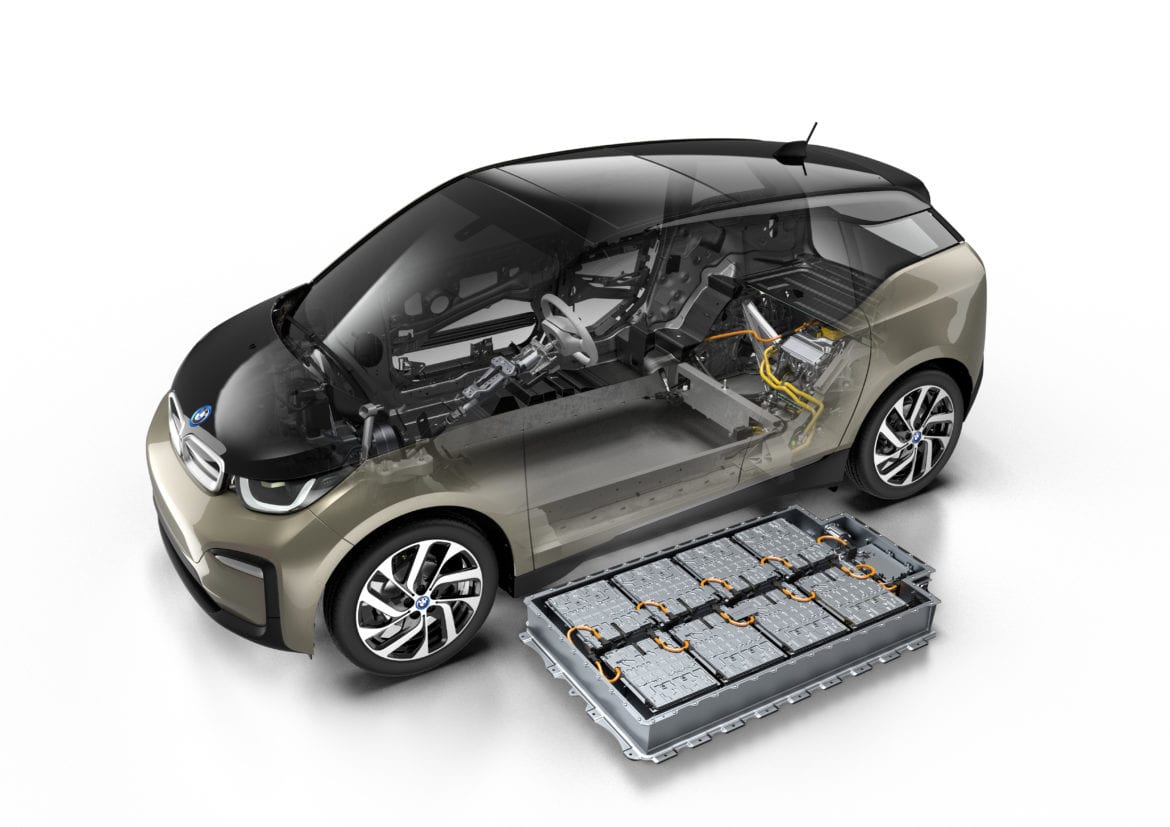While the average lifespan of vehicles continues to grow with constant advancements in tech, eventually they hit the end of their use. Whether the cause is a serious accident or decades of wear and tear, a vehicle can simply become undrivable. However, these vehicles can still have plenty of desired materials that can be recycled.
Every scrap yard has gotten the vehicle recycling procedure down to a science. These yards are able to recover as much as 95% of their desired metal, plastic, and glass. However, the move toward electric vehicles has changed how the overall makeup of a vehicle that scrap yards have been accustomed to deconstructing.
While scrap yards have experience with the lead-acid batteries found in every single gasoline-powered car, handling an EV battery is a different beast. Not only are they much larger in size, but they are also much more difficult to get inside. These batteries are of course made with safety in mind and as such are difficult to get inside.
That being said, the materials in EV batteries are too toxic to simply throw in the landfill, and as battery production continues, the elements found inside become more valuable for scrappers.
Processes such as Pyrometallurgy and Hydrometallurgy are simply too costly and inefficient to be the go-to method for recycling large lithium-ion batteries.
Just Reuse
Instead of coming up with more efficient ways to recycle a large EV battery, the better option might just be the simplest one, reuse it. Even after 10 years of driving, the battery of an electric vehicle will have only degraded about 20%. Given the capacity that EV batteries carry, an 80% charge is still a significant amount of energy storage.
With this in mind, these old EV batteries become great candidates for energy storage in solar systems or other similar applications. No need for overly complex metal retrieval processes that have poor yields, just remove the old battery and put it elsewhere.
